IMDb meta-data is runtime of 1 hour and 40 minutes, rated 7.1 by 584 cinemitizens.
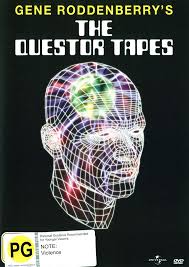
Verdict: Mr Data before Mr Data.
After being unable to finish Gene Roddenberry’s ‘Planet Earth’ (1974), reviewed elsewhere on this blog, I feared the worst when I saw his name on this one. Wrong. This is a winner.
A team of wizards creates an android in a billion dollar project funded out of my taxes. Saskatchewan’s own heartless villain John Vernon manages the project. James Shigeta is there without an Hawaiian shirt. Ensign Chekov is also to be seen, briefly, but not heard. The team works from the manual left by the mysterious and now vanished Dr. Professor Comrade Lew Vaslovik. Moreover, the team members insert components Vaslovik prepared without knowing how or why they work. Yes, just like driving a car or assembling IKEA furniture.
They produce a Ken Doll that lies there. Well, there goes that billion! They turn off the lights and head to social media to tell all to everyone. Meanwhile…..in the darkened laboratory the doll comes to life, and continues to assemble himself into Valnikov. This is one clever Ken Doll.
Having concluded that his programming tapes were damaged, Valnikov goes to the library to find out who won the World Series. He reads – a lot and quickly. In no time at all he is ready to go on ‘Eggheads.’ However, he wants to correct those damaged programming tapes and to do that he has to find the mysterious and missing Vaslovik. Where in the world is Carmen Miranda, she must know where Vaslovik is. Cherchez la femme!
When he tries to communicate with a librarian, it is clear that he is a nerd supreme. His idea of small talk is ‘Quiet, I am reading.’ ‘In the dark,’ she asks? See, he is not too good at fitting in. Meanwhile, Vernon has gone all crazy to find this walking billion dollars, because otherwise he will have to go back to Saskatchewan and work it off shovelling snow.
Valnikov realises he needs a translator and guide along on the road trip to Bronson Canyon to cope with the social side of things and to turn on the lights. That is where BJ comes in as his companion. Plus BJ has an AMEX card for expenses. Off they go following clues that lead them to Becky Driscoll. ‘Hmmmm,’ whispered the fraternity brothers, ‘good thing the (‘Invasion of the) Body Snatchers’ (1956) did not get her.
This was the feature-length pilot for a television series and Paramount bought it on condition that Roddenberry drop BJ and add a love interest for the android. BJ is boring but on a road trip an android needs a buddy, otherwise how can it be a mis-matched buddy picture? Though Valnikov does say Mr Data’s famous line….. Roddenberry would not compromise on what he regarded as the essential point and turned down the offer. We had to wait from Mr Data to find out more about droids.
Author: Michael W Jackson
‘Martians Go Home’ (1989)
IMDb meta-data is 1 hour and 29 minutes, rated 2.9 by 623 cinematizens.
Genre: Sy Fy, Belaboured

Verdict: More fun to edge the lawn with hand clippers.
Randy summons many green men from Mars who get in everyone’s way, telling the sort of jokes favoured by those without a sense of humour. Why do I think of D…….
Randy is a likeable chap but there is not much for him to do, and so that is what he does. His girlfriend is feisty but likewise underemployed.
Dr Jane of the lacquered, vapid, and calm exterior, aka Madame Zenobia, steals the show for the few scenes she has, along with the aspiring gentleman burglar. Ronny Cox once again does a better job at being the president than the incumbent. Of the Martians, described as millions, only two are seen — again and again. And again.
The screen play bears no relationship to the Fredric Brown story from which it ostensibly sprang. More is the pity.
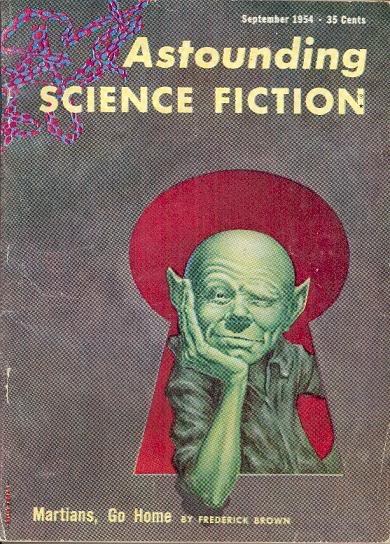
Drowned in the tsunami of tedious, repetitive, and boring jokes is Brown’s premiss that society is based on secrecy, privacy, and lies, otherwise known as politeness. If social relations are stripped of these concealments, we cannot live with each other.
In a surprising display of judgement, it did not get a cinematic release, and this was the director’s last work. His first, too.
21 September in history
The usual rules apply.
1521 The mad monk published a New Testament, i.e., Martin Luther.

1792 Revolutionary France abolished its monarchy. Failed. Kings returned, twice over.

1893 Frank Duryea drove a gas-powered vehicle with an internal combustion engine. So do we still.
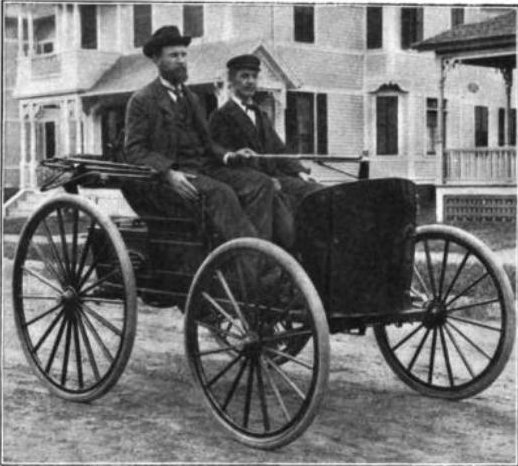
1937 ‘The Hobbitt’ was published, and it is still in print.
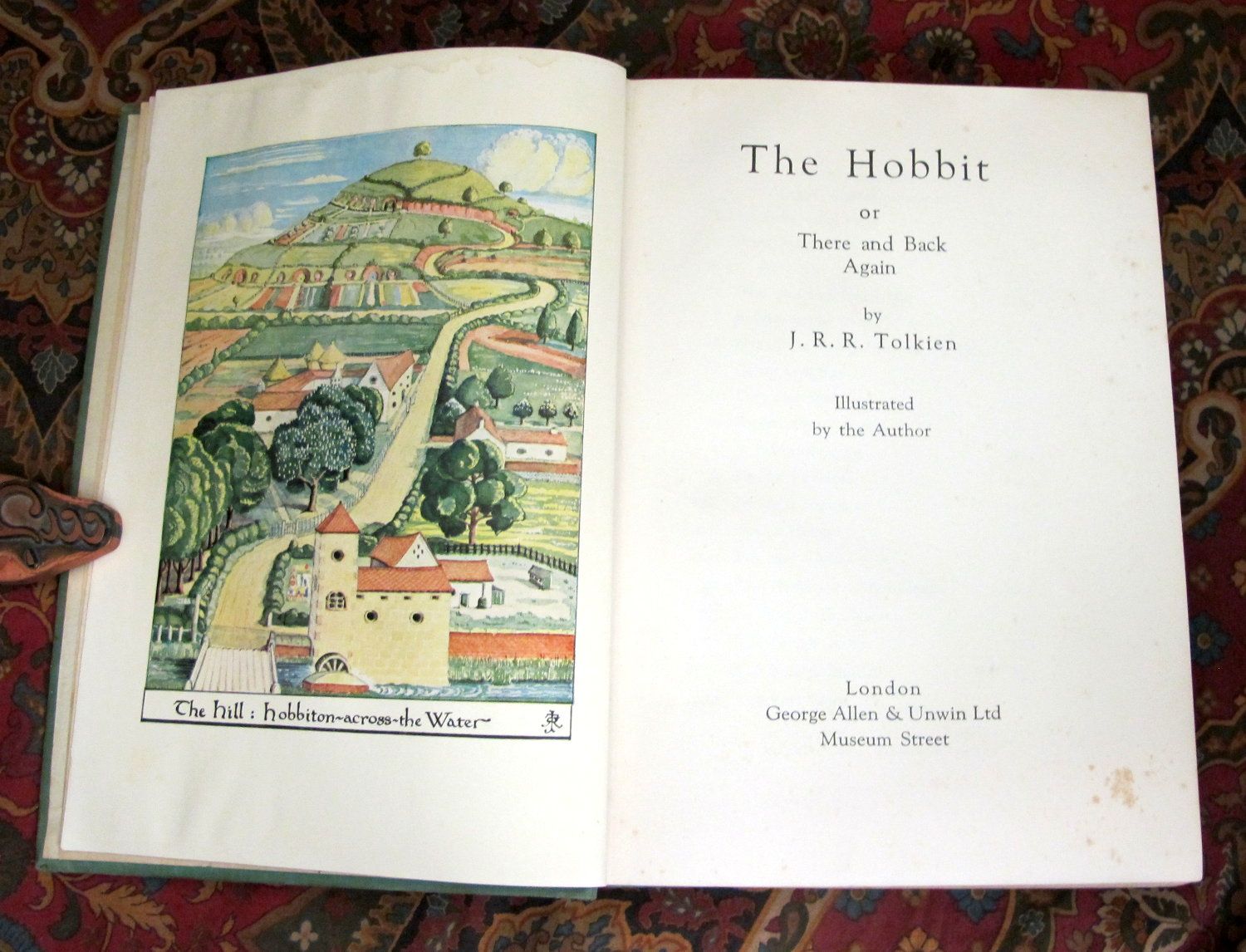
1949 Mao declared the People’s Republic of China to exist in a performative utterance.
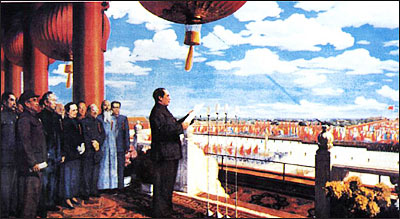
20 September in history.
Choose one item to tell others. Which shall it be? Why that one?
1951 67% of Swiss voters reject women’s suffrage. Those voters were all men.
 If women vote, they will neglect their children. Tweet logic.
If women vote, they will neglect their children. Tweet logic.
1954 FORTRAN runs on a computer for the first time. It is short for Formula Translation. Ugh, well do I remember using in grad school and not once since then. Whereas the French I preferred as served me far better.

1963 Lake Burly Griffin is completed after fifty years.

1979 Lee Iacocca became CEO of Chrysler and performed miracles. In retirement he became an advocate of bicycles.
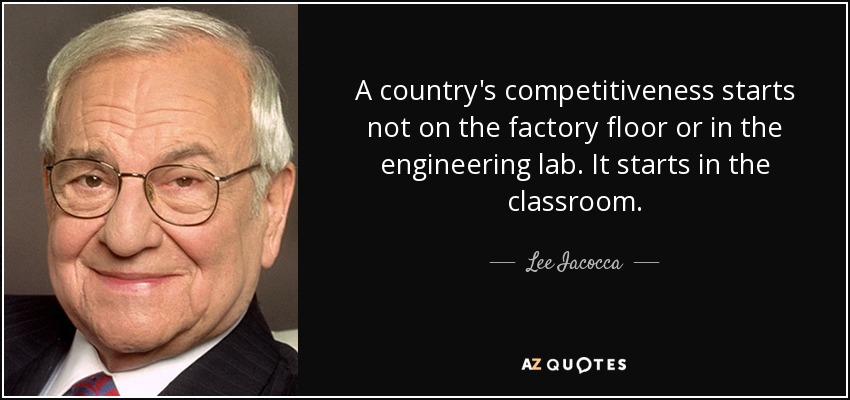
1990 The Germanies ratified unification.

‘The Black Hole’ (1979)
IMDb meta-data is runtime of 1 hour and 38 minutes, rated 5.8 by a horde of 20237 cinemitizens.
Genre: Sy Fy
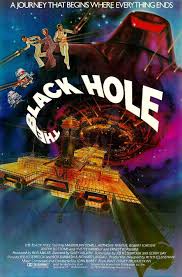
Verdict: ‘Max, you shouldn’t have done that.’
The set-up. At some point in the distant future a space exploration vehicle is in ‘search of habitable people,’ declares Dr Weena. Don’t blame her. She says the line written for her.
Still maybe that line makes sense considering that Norman Bates is in the crew, along with Nick Tana and Quinton McHale. Stop there. McHale is woefully miscast as the geriatric but ambitious reporter for a newspaper that still exists in this far distant future. Which is the worse blunder? That McHale is still at work, or that newspapers are still in print? (Yes, I have fond memories of ‘Marty’ [1955] before he went into the navy. Say no more.)
To prepare for this mission, Weena has had her eyebrows plucked into perfect arcs. Is that significant? We’ll never know.
Way out there they encounter a very colourful black hole. It is not black at all, despite what people say. And nearby is a Very Big Space Ship designed like the Pompidou Centre, i.e., badly. Inside the VBSS is Franz von Gerlach who is still in hiding. Having learned nothing in Altona he has committed more crimes, and plans still more. There is no keeping a good war criminal down.
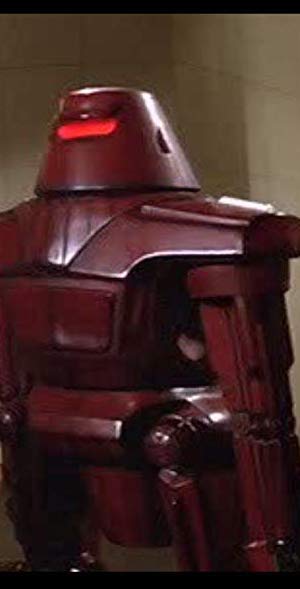
To aid him Franz has Red Max clanking around.
Franz has plans for these hapless wayfarers but first he has to charm them with his Viennese accent, and play hide-and-seek behind his Moses beard, lent to him by Chest Heston. Franz is completely nuts and so naturally Norman signs up with him to enter the black hole which isn’t black. Quoting Martin Heidegger, he says that it is a portal to transcendence or something. At merest mention of Heidegger, the fraternity brothers fell asleep, and why not. This is the giant mind who once said ‘clarity is suicide for philosophy.’ There was never any danger of suicide in his case.
For reasons the fraternity brothers missed, Franz will not let the travellers go. Why he needs this crew is anyone’s guess. Shoot ‘em up ensues….for about thirty minutes. Fortunately, Franz’s hench-robots stand perfectly still in the fire fights and go down like [censored]. I would like to say that they all vanish down the rabbit hole, oops, the black hole, but not quite. The end has to be seen to be believed. Just think, someone wrote that. Just think someone paid them for writing it. Refer to the tag line above about Max.
This was a Disney production, touted as the first Disney film to be aimed at grown-ups. Ah huh. To this observer it is ‘Twenty Thousand Leagues Under the Sea’ with Pac Man. The set designs, stunts, the cosmos as it appears out of the bay windows on the VBSS are all fine. Red Max is pretty clearly something to avoid at all times.
If one can overlook, McHale, Weena’s eye brows, Norman, and the beard, well, then the acting is good. Nick Tana is as always in focus. Franz had long experience at being nuts, and does it effortlessly, though why the beard was a question that preoccupied the fraternity brothers. His chin isn’t that weak.
But really, Max, you shouldn’t have done it.
Today in history
The rule is choose one item only to tell others. Which shall it be? And why?
1870 Prussian siege of Paris began (ends January 1871). During the siege the Paris Commune occurred. Meanwhile, what’s for dinner?
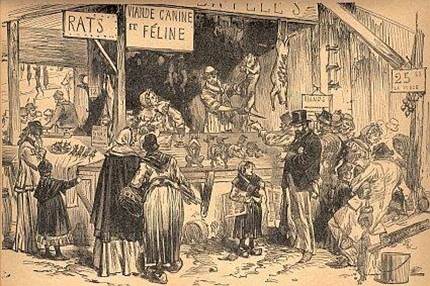
1893 New Zealand legislates for universal female suffrage. Kate Sheppard, suffrage leader.

1928 Mickey Mouse’s screen debut. Is the Mick still in business?
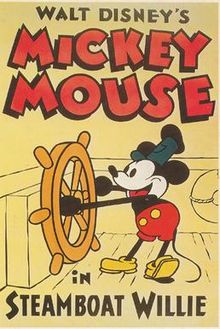
1955 Juan Perón deposed in coup d’état. Perón resisted the advice to fight back, having seen the devastation of the Spain after its civil war years ago; he accepted exile.

1991 Otzi the Iceman found after 5300 years. Late home from the store.

18 September in history
1634 Anne Hutchinson arrived at Massachusetts Bay – an important religious figure at odds with men, the Puritans. She was driven out of the Bay and welcomed in Rhode Island.

1846 The Brownings elope – poets two whose work passed my eyes on Saturday mornings in Poetry.

1850 Fugitive Slave Act passed in US – one of the festering sores of the Civil War.
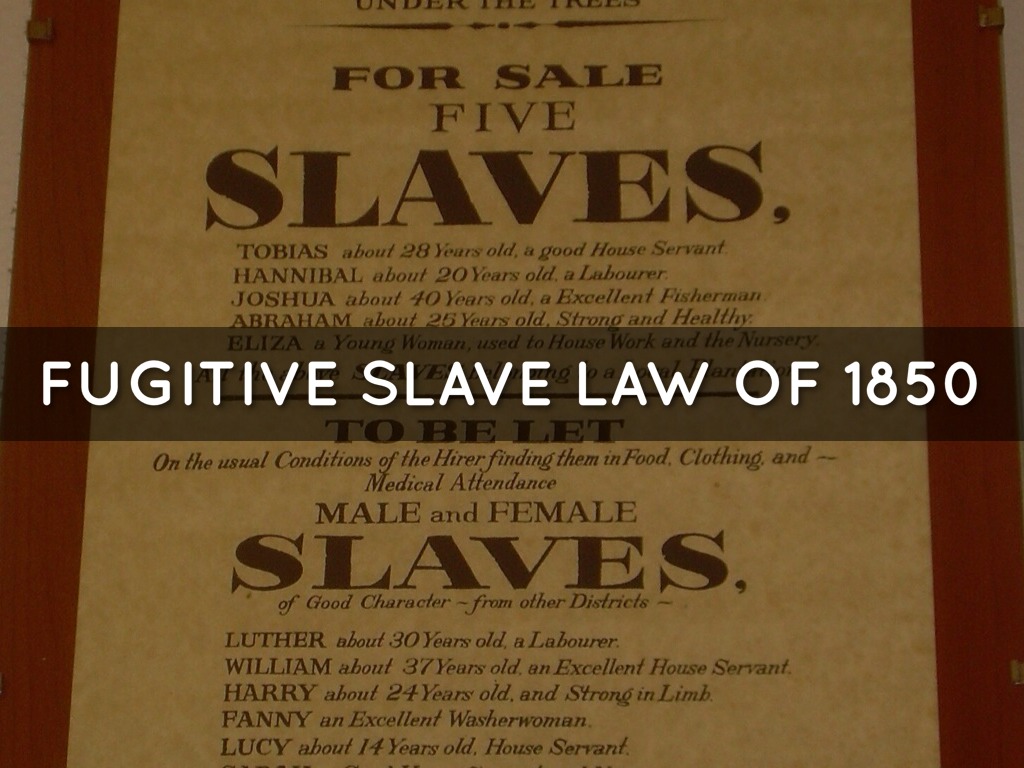
1851 First issue of New York (Daily) Times – still fit to print.
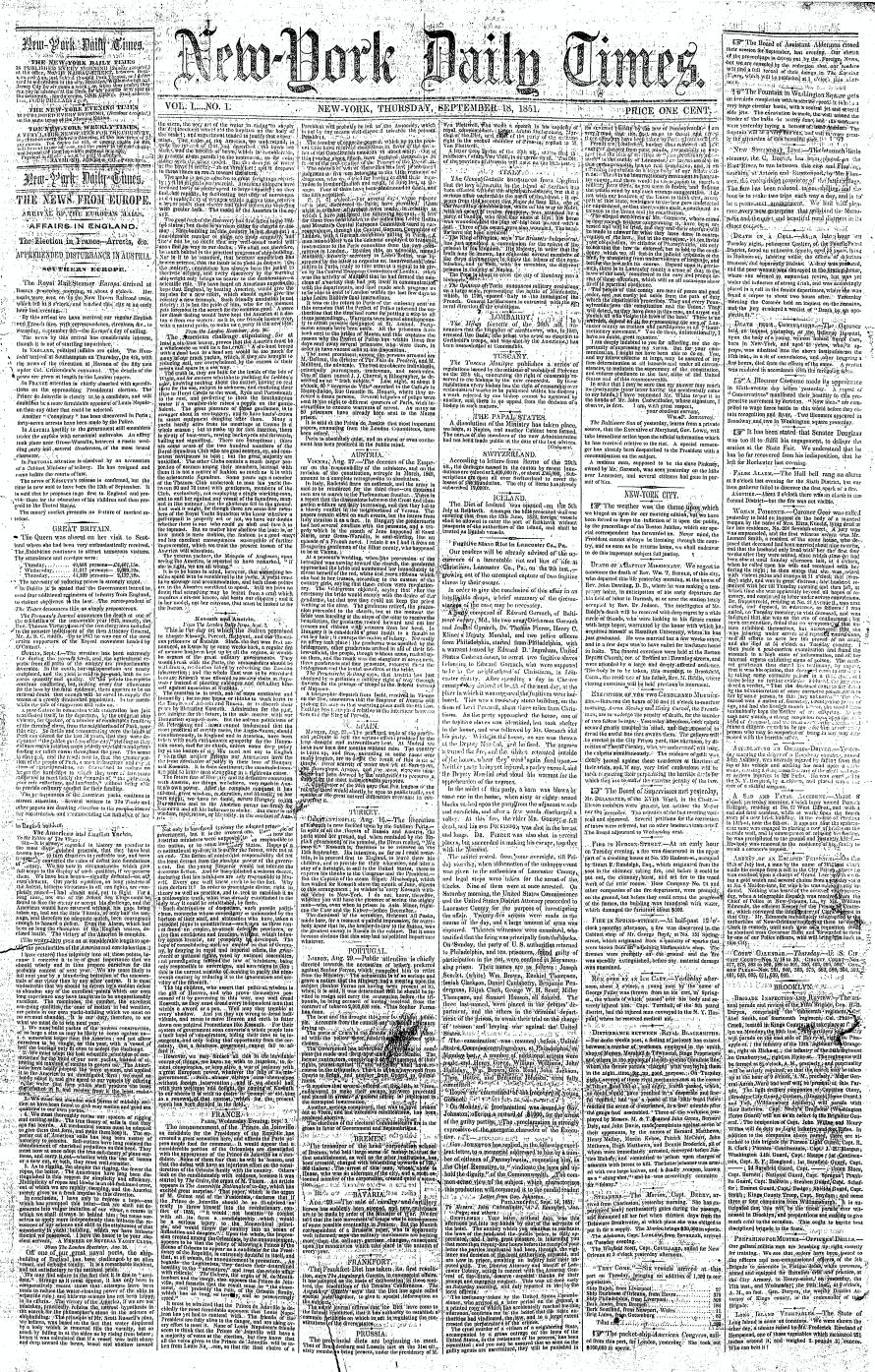
1948 Margaret Chase Smith with 71% of the vote elected to Senate – the first woman so elected when Republicans still were human.
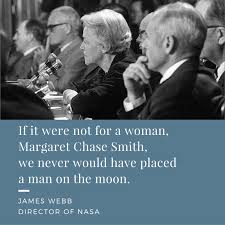
Director Webb refers to her staunch and bipartisan committee efforts to get funding for the Apollo program.
17 September in history
Choose only one to tell others.
1683 Antoine van Leeuwenhoek peered down his telescope and saw bacteria. We are not alone!

1787 The United States Constitution was ratified with the three-fifths clause and other compromises. Never been to Philadelphia.

1835 Charles Darwin arrived at the Galapagos Islands and sat down to think.

1900 Queen Victoria assented to the Commonwealth of Australia Act – been there!

1961 Dag Hammarskjold died in a plane crash. There is a review of a biography of the priest of peace elsewhere on this blog.
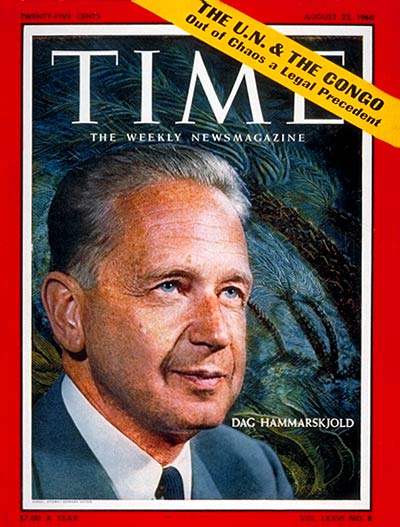
‘Planet Earth’ (1974)
IMDb meta-data is runtime of 1 hour and 14 minutes, rated a generous 5.8 by 571 insomniacs.
Genre: Sy Fy.
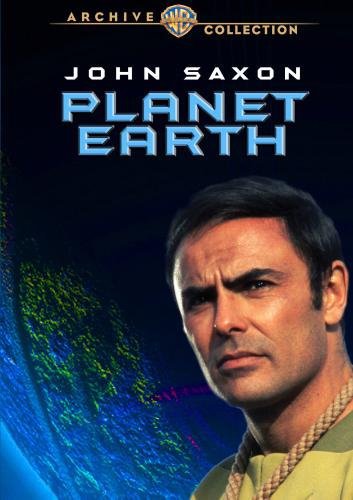
Verdict: Don’t.
A decade after Star Trek Gene Roddenberry tried again with this pilot for a television series. In design and context, it recalls its predecessor, ditto in being didactic and talky. We even have a combination Vulcan mind meld grip.
But to get to the story. Rip van Carmine Orrico awakens after a long nap to the Twenty-second century where the Planet Earth is recovering ever so slowly from the Republican Apocalypse. He is among civilised Pax scientists who go around dissecting anything and everything. So advanced is their science that they fit him with a hair piece that stays in place.
Elsewhere on Planet Earth are roving bands and isolated enclaves of Mormons, Chicago Cub fans, Mad Maxxers, Vegans, Esperantoists, Tea Partiers, and other nut cases. It is dangerous out there!
The chief gimmick is that only the Paxxers have Opal cards for the metro underground that is everywhere, so they can take the train to adventure. It is every rail commuters dream to have the train system all to oneself! No one on Town Hall Station platforms but thee! Hallelujah!
One of Pax’s top scientists has gone missing and Carmine with Lurch, a petite woman, and an albino set out to find him. This crew would stand-out even on King Street Newtown on Saturday night.
Lurch keeps knocking his head on door lintels. The little woman falls down on cue. The Albino is so weak he has to sit on it.
Only Carmine is up to it. Is he ever! No stunt man is safe from his stunt double as he punches, shoots, kicks, wallops, blasts, and jabs. All the while, the hair piece stays in place. Amazing. Awesome.
Then he falls into the hands of Diana Muldaur. ‘Lucky him,’ said the fraternity brothers. She can make ‘Hello’ sound like both an insult and an invitation. She lives in a community of über liberated women who have enslaved men, and Carmine is just another hunk. He is a slow learner and has to be beaten into submission. Protected by the script sewn into his clothing, he is tough and they run out of whips. There is talk of breeding…..and, the fraternity brothers started to pay attention. But it is only talk.
Meanwhile, the Mad Maxxers draw nearer. And so on and on…. The fraternity brothers fell asleep and their soporific sounds….. Confession: We did not make it to the end.
The script is paper thin! Ha! Ha! That is despite the fact that the writing credit goes to ‘Rockford Files’ wordsmith Juanita Bartlett. And the direction is turgid though credited to Star Trek journeyman Marc Daniels, and produced by another ST veteran, Robert Justman. It is a good team, but this time there no air in the ball.
‘The Adventures of the Busts of Eva Perón’ (2015) by Carlos Gamerro
Good Reads meta-data is 352 pages, rated 3.71 by 51 litizens.

A tale of corporate ambition set against Montoneros terrorism in Buenos Aires Argentina. Our hero Ernesto Marroné is determined to rise to the top. He studies self-help books, listens to motivational tapes, memorises the nostrums of career guides, has read every book on management there is, always smiles on the outside, and gets to work before anyone else. The only way is up!
Then….the Montoneros kidnap the head of his firm, and they send one of the victim’s fingers to the firm as proof, with their first demand: that a bust of Eva Perón be displayed in each of the firm’s ninety-two offices within ten days! The task of complying with this demand is assigned to the ever-ready, corporate yes-man Marroné.
As he places the order at a plaster works, it is seized by striking workers and he is made captive. He tries to use his ‘How to Win Friends and Influence People’ wisdom to cope. He has a veritable bibliography of such books in his mind and he takes pages from many of them to apply to his situation. The chief title is ‘Don Quixote: The Executive-Errant,’ fitting for this picturesque novel of adventures down the rabbit hole. Some of that is downright hilarious. Some of it is downright depressing. Most of it is just boring.
Even more amusing is his effort to abstract from the titular lady herself insights that can be used in this situation. He mentally composes an ‘Eva Perón on Management’ book starting with how to manage striking workers. The clean-cut, über bourgeoise Ernesto becomes a leader of the strike, and in so doing learns a great deal about Argentina and Argentines that he did not know before. He comes to identify himself with Eva.
As a leader the workers he goes hither and thither in the slums, barrios, and suburbs, and finds his way to Evita City. Yes, in 1947 President Juan Perón had a suburb named for her and its borders drawn to resemble her profile. Illustrated below.

It still exists, though over the years the name has come and gone and profile has been lost. In it all of social services and amenities that Eva campaigned for were to be available to those fortunate enough to live there. Not so any more.
In its way the book is another tribute to the hold that Eva Perón retains over the imagination in Argentina.
